Before cutting the fabric, it is necessary to determine the front and back sides of the material, which is not always easy.

To correctly identify the front and back sides of the canvas, lay the fabric on the table so that both sides are visible at the same time. Usually, the front side is distinguished by the brightness of the color, the severity of the picture and the smoothness of the surface. But this method is not suitable for all fabrics. In addition, if for some reason you doubt the correct determination of the sides of the fabric, use our simple tips.
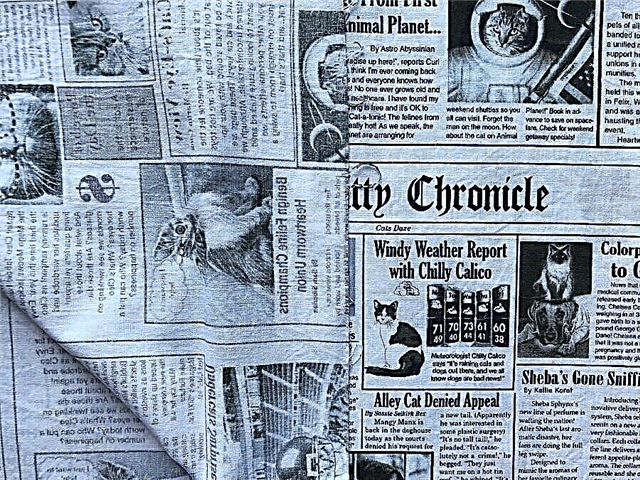
1. A printed pattern is printed on the surface of the printed fabrics, which is always bright, rich and clear on the front side, the underside is more faded or plain.
In smooth tissues, the wrong side is more fluffy, which is determined both tactilely and visually.
How to choose the first sewing machine
2. Permissible (not considered defective fabrics) defects on some fabrics, such as thickened sections of threads and small nodules, are always displayed on the wrong side of the fabric.
3. Most plain fabrics on the edges on the front side have colored threads that are almost invisible from the wrong side.
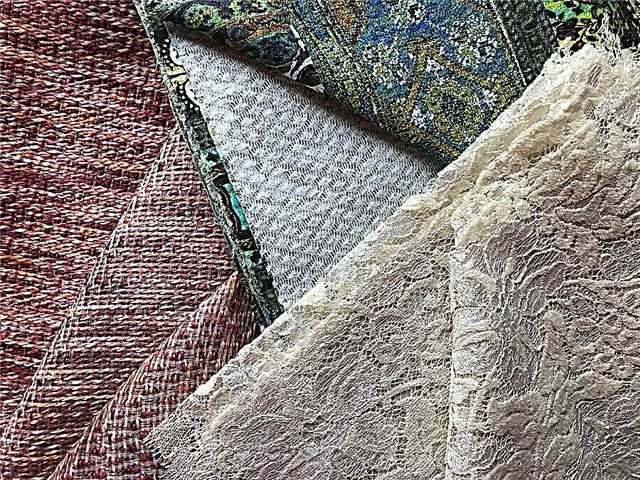
4. The sides of textured fabrics, such as boucle, jacquard and lace fabrics, Chanel-style fabrics and others, are easy to distinguish both visually and tactilely - by the volume of the pattern, the structure of the threads, the brightness and convexity of the print, and other characteristic features for a particular fabric.
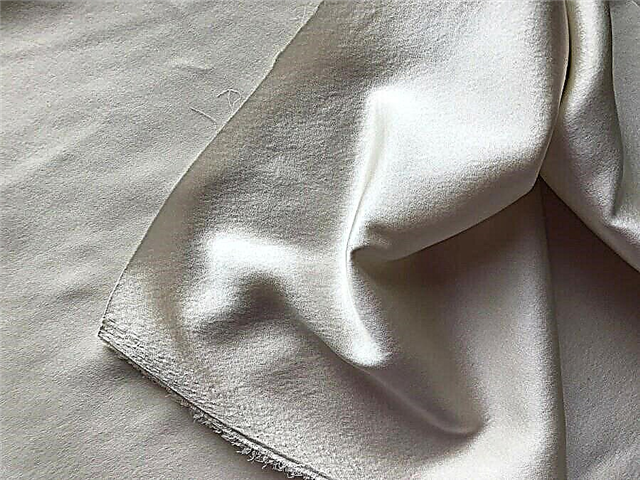
5.In satin fabrics, the front side is always glossy, with a pronounced shine, and the wrong side is matte.
- Special offer

- 1
- 2
- 3
- 4
But as the front side, you can use either side to obtain a certain effect in the finished product.
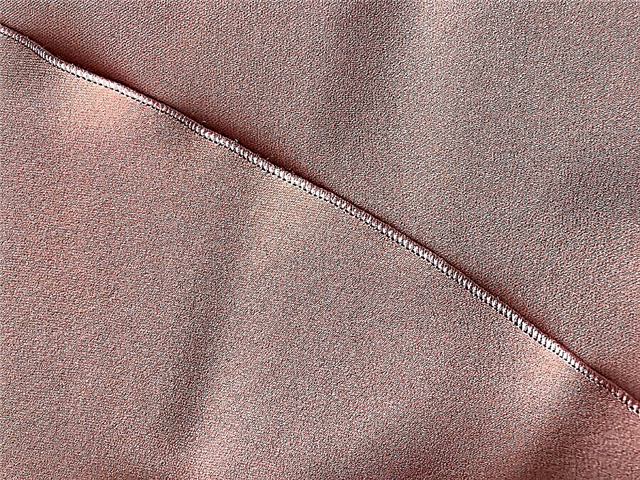
6. Crepe and double-faced fabrics are usually the same on both sides.
How to determine real silk or fake?
7. If the fabric has a fleecy surface, then, as a rule, this is the front side.
8. When buying fabric, ask the seller which side is wrong side and which side.
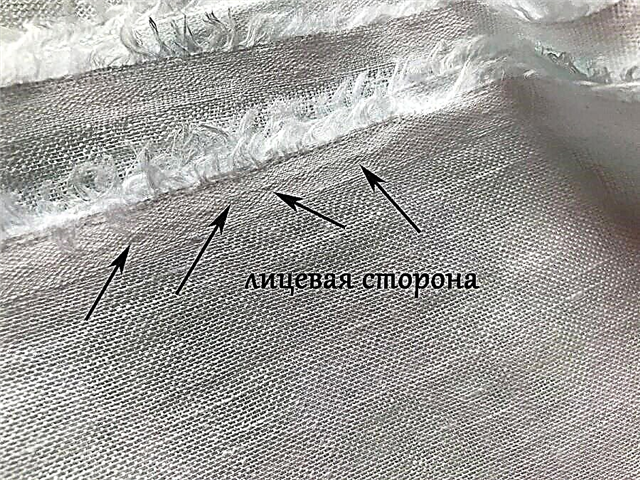
9. In monophonic thin and transparent fabrics - chiffon, cambric, muslin, gauze, viscose and dull silk, as well as cotton and linen - the wrong side is determined by the edge. As a rule, there are punctures on the edge of any fabric, they are convex on the front side, as they are made from the wrong side.
If visually it is still not clear what the punctures look like, swipe your finger along the edge of the fabric, on the front side you will feel the mentioned bulge from the punctures.
This method of determining the front and back side can be used for any tissue.
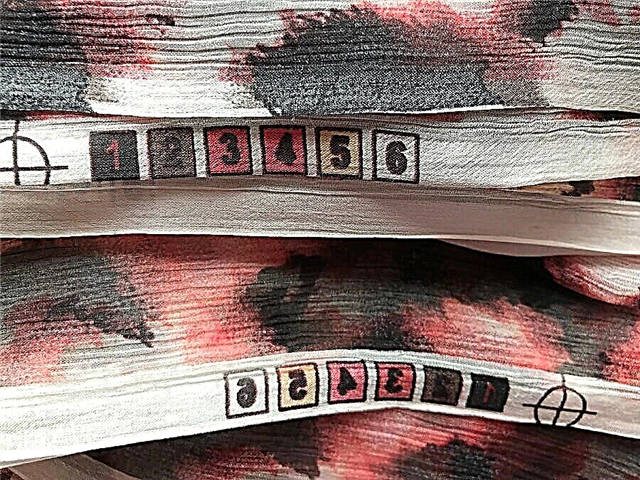
In addition, there are inscriptions and lettering on the edges, thanks to which it is easy to determine the sides of the fabric.
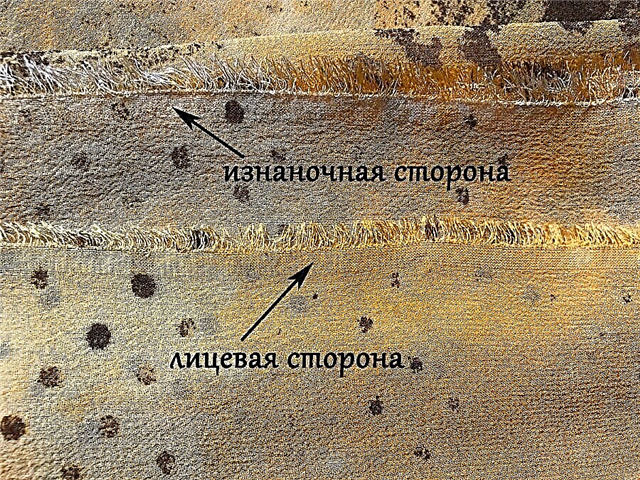
The hem without punctures on the seamy side looks rough, on the front - smooth.
For starters: 18 sewing terms you need to know
If you have your own secrets on how to determine the front and back side of the fabric, share them in the comments.
Photo: Julia Dekanova



